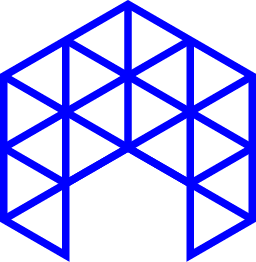Architectural visualization is a crucial part of the design process, allowing architects and designers to bring their designs to life and communicate them to clients and stakeholders. With the advancements in technology, the quality of architectural visualization has gone from basic sketches to photorealistic images and animations. However, achieving photorealistic architectural visualization requires mastering various rendering techniques. In this blog post, we will explore some of the most popular rendering techniques used in architectural visualization today.
The first technique we will discuss is Ray tracing. Ray tracing is a rendering technique that simulates the behavior of light in a scene. It traces the path of light as it reflects and refracts off surfaces in the scene, creating highly accurate and realistic images. It is particularly useful for architectural visualization because it can create realistic reflections, refractions, and caustics. The downside of ray tracing is that it can be computationally expensive and requires powerful hardware to render.
Another popular rendering technique is Global Illumination (GI). Global Illumination is a method of simulating the way light is scattered and reflected in a scene. This can create a more realistic and natural-looking image, particularly when it comes to lighting and shadows. There are two main types of Global Illumination, namely, Indirect Illumination and Ambient Occlusion. Indirect Illumination simulates the way light is scattered by surfaces in a scene, while Ambient Occlusion simulates the way light is blocked by surfaces in a scene. Like Ray tracing, Global Illumination can also be computationally expensive, but it can be accelerated by using techniques such as precomputation and light maps.
A third technique is called a Progressive Photon Mapping (PPM). Progressive Photon Mapping is a global illumination algorithm that uses photons to simulate the way light is scattered and reflected in a scene. It is particularly useful for architectural visualization because it can create realistic lighting and reflections. Progressive Photon Mapping is also efficient, making it suitable for real-time rendering.
Finally, we have the technique called a Real-Time Rendering. Real-time rendering is a technique that allows you to create images and animations in real-time. This is particularly useful for architectural visualization because it allows architects and designers to explore their designs in real-time, making it easier to make adjustments and ensure that the final product meets the client’s needs. Real-time rendering is also useful for creating interactive experiences, such as virtual reality and augmented reality applications.
In conclusion, achieving photorealistic architectural visualization requires mastering various rendering techniques. Ray tracing, Global Illumination, Progressive Photon Mapping, and Real-time rendering are some of the most popular techniques used in architectural visualization today. Each of these techniques has its own strengths and weaknesses, and the best one for a particular project will depend on the specific requirements. The key is to be familiar with all of these techniques, so you can choose the right one for your project and create stunning, photorealistic images that will impress your clients and stakeholders.
References:
- “Rendering Techniques for Photorealistic Architectural Visualization” by Architectural Visualization Magazine
- “Global Illumination in Architectural Visualization” by Journal of Computer Graphics Techniques

